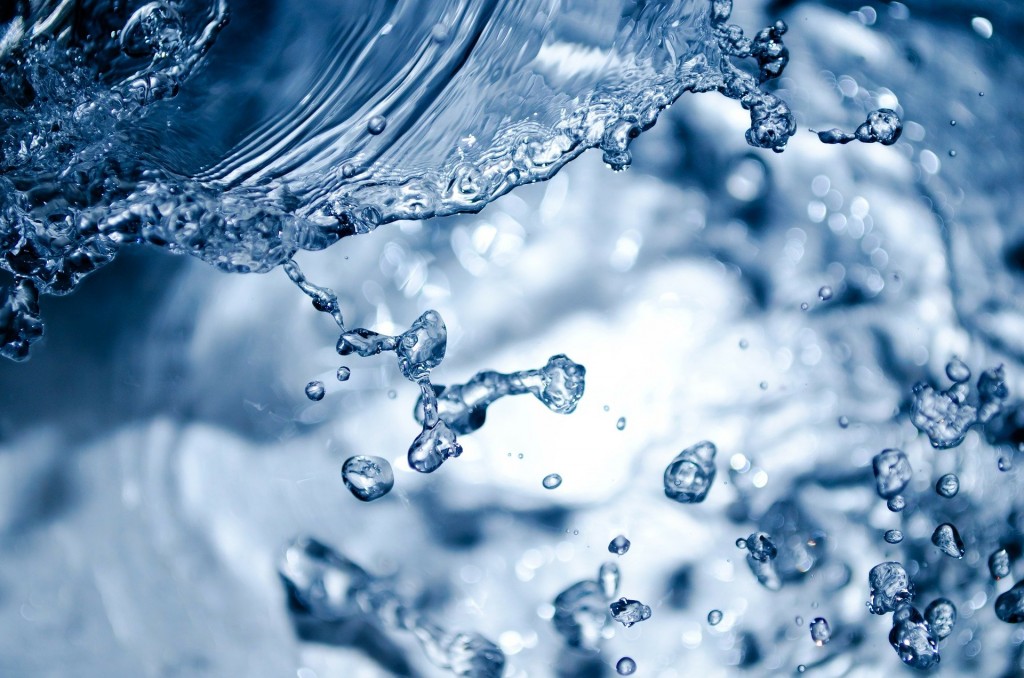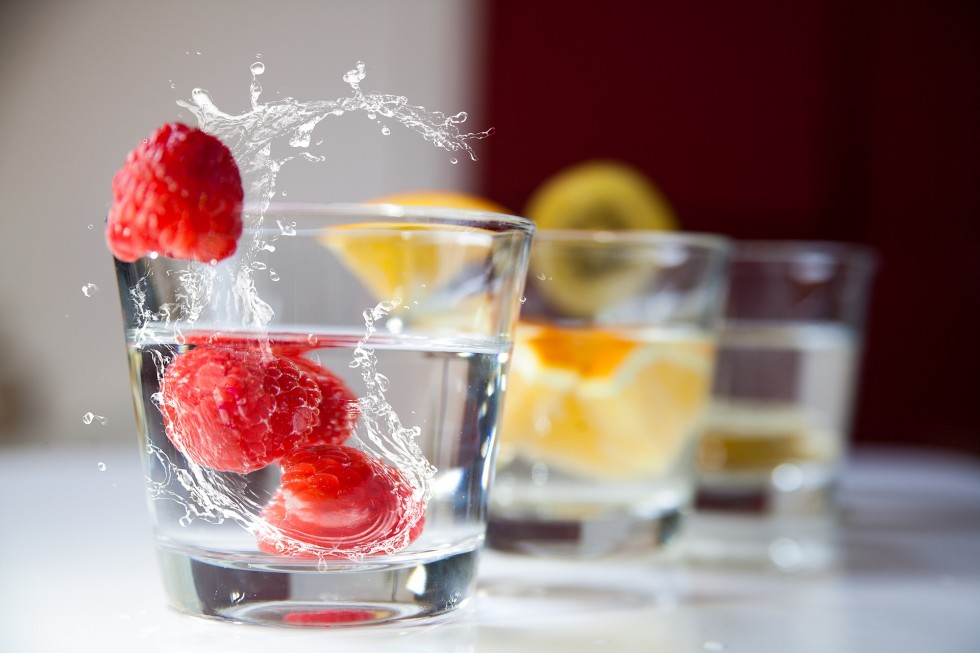The most common water filtration device, by its use only, is a water pitcher. Daily use can make pitchers dirty and, sure as anything, they will require maintenance. Luckily, pitcher water filters like these are one of the easiest to clean. Some attention to cleaning will make them that much more effective. There are a few careful steps to take when begging the cleaning process, all of which contribute to maintaining your pitcher water filter.
Essentials of Cleaning a Water Filter Pitcher
Certain basics on cleaning a water pitcher usually include changing the filter cartridge regularly. This means replacing the cartridge once a month or so, and most pitchers have a small digital screen counting down to when it needs changing. Firstly, gather all the necessary supplies to start washing the pitcher. Among these supplies, you will need a sponge, white vinegar, water, dish detergent, paper towels, and a new filter cartridge.
Dismantling the Pitcher
In order to clean a water filter pitcher, taking it apart first is essential so that all the ins and outs are also cleaned properly. Pour out any remaining water from the pitcher before taking the lid off the top. Take the filter cartridge out and throw it away, as they usually are good for one use over a period of time.
For certain models, it’s necessary to replace the filter cartridge because they become less effective after a time. There are, however, other models with cartridges that exhibit an extended life and require rinsing with warm water before another use. What is left is the reservoir and the inner cradle that holds the cartridge, which are easy to take apart. With all the pieces separated, it’s time to start washing.
The Process of Washing the Pitcher
There is not much to it other than using dish detergent, water, and soap to scrub away the pieces, individually with warm water. Where efficiency stems, is in thoroughly buffing every surface and rinsing accordingly. Some water pitcher variations can be cleaned in the washing machine. Most of them, however, usually require hand washing as the plastic can’t withstand the temperature of the machine and can become warped or even melt.
It could be a good idea to dilute the dish soap if there is a concern of it being too strong and hard to rinse away, thus avoiding any residue that can infiltrate the filtered water. A further step can be implemented here, by tackling water deposits and mildew. Combine a teaspoon of white vinegar with a cup of water and use it with a dish brush or a new toothbrush, to scrub at the stains and mildew residue. A brush will also be very useful in trying to reach corners or dents that the sponge did not manage.
Vinegar breaks down mildew and deposits left by the water, while also rinsing away with ease and refreshing the pitcher. After all the pieces are cleaned, you can either leave it out to dry on a paper towel or wire rack or try to dry it out with a clean towel. Attempting to dry it with a towel can leave fibers on the inside surface of the pitcher and end up in your drinking water, so that part may be best left out to air dry.
Reassemble the Pitcher
After everything has dried off, it’s time to assemble all the pieces back together. Starting with the jug reservoir and cartridge cradle, making sure they’re put in the correct position and neatly secured. Then comes the filter cartridge, and certain models need to be activated in water before placing them in the pitcher. Once the cartridge is secured, the lid can be replaced along with the digital screen that indicates the use of the filter, assuming the pitcher has one.
Additional Tips
It’s best to avoid using abrasive tools or solutions such as wire sponges or cleaning products that contain coarse particles designed to limit elbow grease. These can usually scratch the pitcher’s plastic and facilitate mildew growth.
Certain sources state that using bleach is a good solution for removing mildew. But not all pitchers take kindly to a strong bleach and vinegar is promoted as a more natural alternative, one that leaves little to no smell.

Taking care of a pitcher water filter is an easy task to tackle, much like washing regular dishes but with a few extra simple steps. Routinely changing out filters cartridges depending on the current water quality and the amount of water used, along with cleaning and assuring it all fits back together, sums up the essential pitcher maintenance process.



